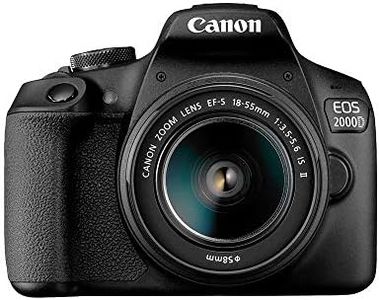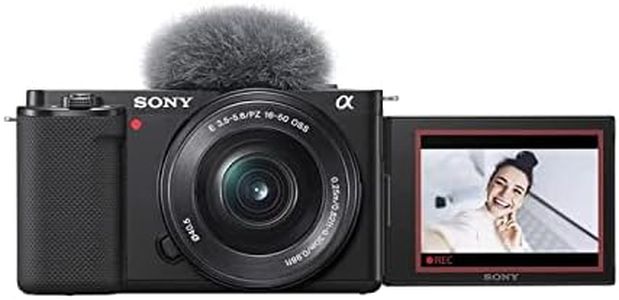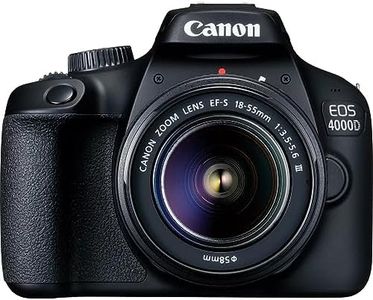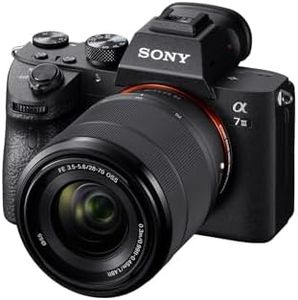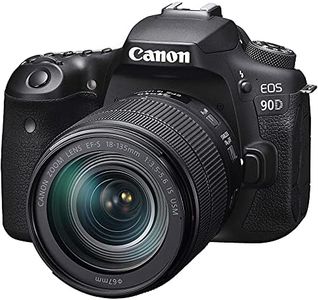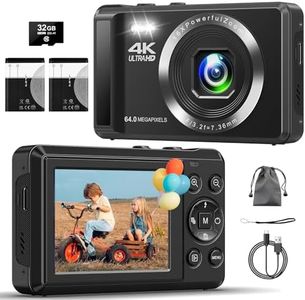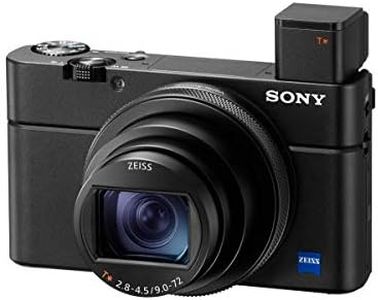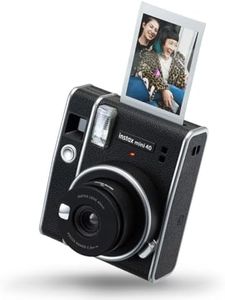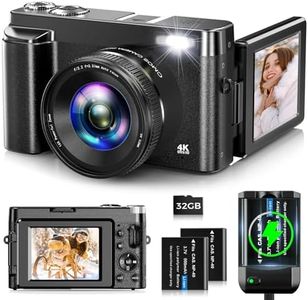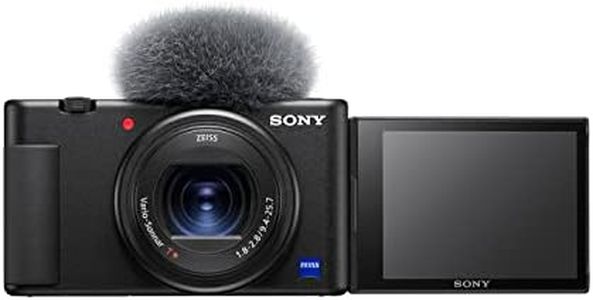Buying Guide for the Best Beginner Cameras
Choosing a beginner camera can be an exciting journey into the world of photography. The right camera will help you capture beautiful moments and develop your skills. When selecting a camera, consider what you want to photograph, whether it's landscapes, portraits, or action shots. Think about how portable you need the camera to be and how much control you want over the settings. Understanding the key specifications will help you make an informed decision that aligns with your photography goals.Sensor SizeThe sensor size in a camera is crucial because it affects the quality of the images you capture. Larger sensors generally produce better image quality, especially in low light, and offer more depth of field control. Common sensor sizes include full-frame, APS-C, and Micro Four Thirds. Full-frame sensors are larger and provide superior image quality, but they are often found in more expensive and bulkier cameras. APS-C sensors are smaller but still offer excellent quality and are more common in beginner cameras. Micro Four Thirds sensors are even smaller, making the cameras more compact and lightweight, which is great for travel. If you're just starting, an APS-C sensor is a good balance between quality and size.
MegapixelsMegapixels refer to the resolution of the camera's sensor, indicating how many millions of pixels the sensor can capture. More megapixels mean you can print larger photos without losing detail, but they don't necessarily mean better image quality. For most beginners, a camera with 16 to 24 megapixels is more than sufficient. This range allows for high-quality prints and cropping flexibility without overwhelming file sizes. Consider your needs: if you plan to print large photos or crop heavily, aim for the higher end of this range.
Lens OptionsThe ability to change lenses is a significant advantage of many cameras, allowing you to adapt to different photography styles and conditions. Some cameras come with a fixed lens, which can be limiting but also simplifies the learning process. Interchangeable lens cameras, like DSLRs and mirrorless models, offer more flexibility and growth potential. If you want to explore various types of photography, such as macro or telephoto, consider a camera with interchangeable lenses. For those who prefer simplicity, a high-quality fixed lens camera might be the best choice.
Manual ControlsManual controls allow you to adjust settings like shutter speed, aperture, and ISO, giving you more creative control over your photos. Cameras with full manual controls are ideal for learning photography fundamentals and experimenting with different techniques. However, they can be overwhelming for complete beginners. Many beginner cameras offer a mix of automatic and manual modes, which is perfect for gradually learning how to use these settings. If you're eager to learn and experiment, look for a camera with comprehensive manual controls.
Size and WeightThe size and weight of a camera can significantly impact your shooting experience, especially if you plan to carry it around frequently. Smaller, lighter cameras are more portable and less cumbersome, making them ideal for travel and everyday use. However, they might have fewer features or smaller sensors. Larger cameras often offer better ergonomics and more advanced features but can be heavy and bulky. Consider how you plan to use the camera: if portability is a priority, opt for a compact model. If you don't mind the extra weight for better performance, a larger camera might be suitable.
Video CapabilitiesMany beginner cameras also offer video recording capabilities, which can be a great addition if you're interested in capturing moving images. Look for features like resolution (Full HD or 4K), frame rates, and autofocus performance during video recording. Full HD is sufficient for most casual video needs, but 4K offers higher quality and future-proofs your investment. If video is a significant interest, ensure the camera has good video autofocus and stabilization features. Decide based on how much you plan to use the camera for video versus still photography.

